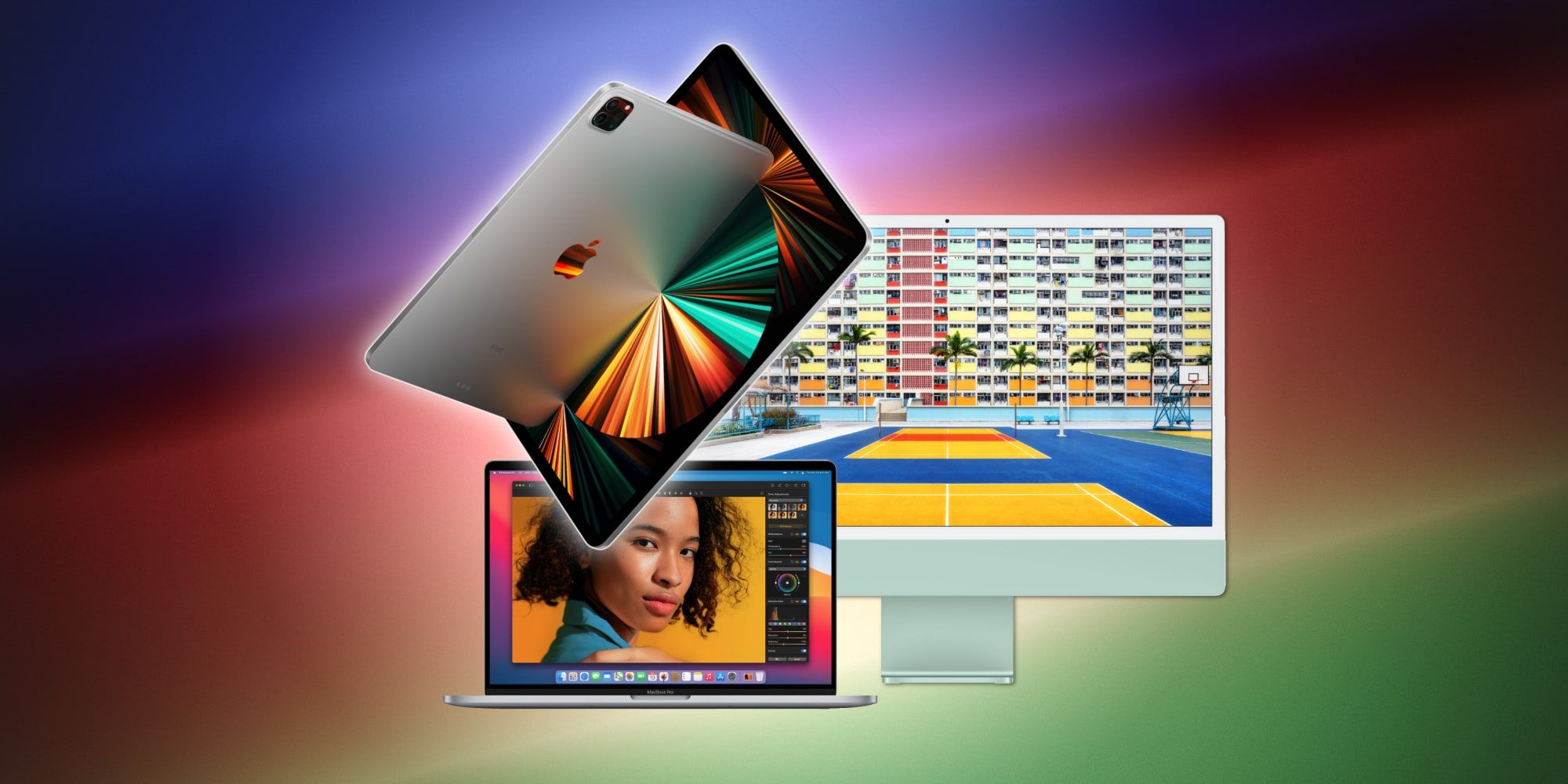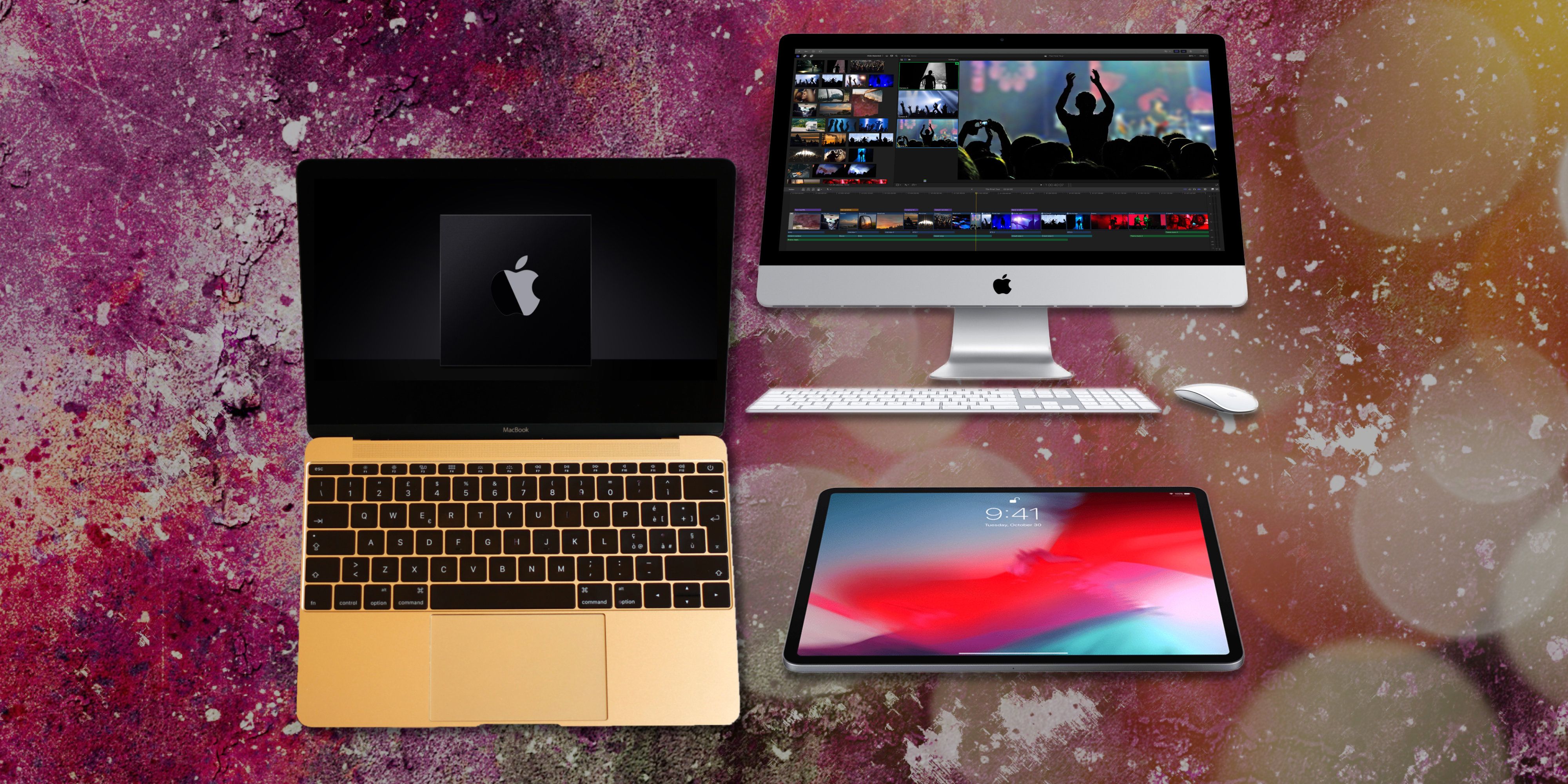
In a movie-like scene from the ‘Spring Loaded’ event, Apple CEO Tim Cook ‘stole’ the new M1 processor out of an Apple Silicon Mac computer and ‘installed’ it into an iPad Pro. While just a bit of fun, it is in truth a dramatic moment where the line between tablet and computer became more blurred than ever before. Apple’s M1 chip is more than just a CPU, it’s a system-on-a-chip that also integrates the graphics processor, neural engine, and more into a single piece of silicon. To share the same core technology between such different classes of devices is quite significant.
As far back as 2016, Apple made the case that the iPad is more than a tablet, with an ad asking “What is a computer?” This ad focused on the iPad Pro, highlighting the similarities and differences, and challenging the viewer, as always, to think different. Most expressed great skepticism and, in truth, replacing a Windows laptop or desktop computer that was used for work with an iPad five years ago would have required great dedication to the cause. Even a Mac was different enough to make that transition awkward. The primary hurdle was not the hardware, since the iPad has been as fast as entry-level computers for many years. The missing ingredient was actually the lack of many commonly used apps.
Now, it may seem like there's a conflicting message coming from Apple about which ‘computer’ to purchase. Others may feel there is a long-term strategy to merge Apple’s various computer-like products into a single device. However, a recent interview with two Apple Senior Vice Presidents may help clarify the company’s thoughts on this matter. Greg “Joz” Joswiak, who manages Apple’s marketing, and John Ternus, who leads hardware, spoke with The Independent about why Apple believes there is a need for both an iPad and a Mac. In short, Joz stated Apple is simply working to make the best products for each category. Ternus adds that Apple doesn’t limit one device to protect another and that a Mac and an iPad can be used independently for some workflows or together depending on the user's needs.

Could the closely matched specifications cause confusion among customers? With matching processor, memory, storage and USB 4 Thunderbolt technology, an iPad Pro and MacBook Pro are so similar that checking the numbers may leave shoppers without a clear purchase decision. Obviously, the form factor can help. If a keyboard is a requirement, that is built into a MacBook. If a touchscreen or a stylus is preferred, that favors an iPad. If the computer doesn’t need to move from place to place, then an iMac or Mac mini may make the most sense. However, most users will be looking for a mix of these uses and would naturally love if one purchase could satisfy all of these needs.
Another big factor in which type of computer is chosen depends on software and connectivity. Most professional-quality apps are developed for a traditional computer, like a Mac. The iPad has several very powerful apps and more are being added, but, in some cases, there are gaps that would leave an iPad user scrambling for a solution. Joz responded to this point agreeing that the iPad Pro is capable enough now to inspire developers to fill in those gaps. This circles back around to the confusion that may increase when more of the same apps become available for both the iPad and Mac. Connectivity is another line of distinction since drivers for peripherals generally support traditional computers but seldom integrate as well with an iPad. Print options are much more thorough on a Mac, while specialty hardware, such as 3D scanners, robotic arms, and document scanners may ignore the iPad entirely. Naturally, this too may change as the customer demand drives companies to fill those needs.
At the moment, Apple is quite happy to continue to sell a Mac to customers that require certain apps only available on that platform, or that want the familiar keyboard and mouse. Apple is just as pleased to sell the iPad Pro to a new generation of users that are looking to shake up the status quo and work around the occasional roadblock that is presented to a tablet-first user. For many, there is room in the office and the home for both types of devices and Apple’s continued success suggests that customers are not that confused. If they are, it doesn't seem to be preventing Apple orders from flowing.
Source: The Independent
https://ift.tt/3nf9NCu
April 24, 2021 at 05:24AM




